Exploring The Hells Angels: Their Symbolism And Ideology

Table of Contents
The Iconic Hells Angels Death Head
History and Origins
The Hells Angels' death head logo is arguably its most recognizable symbol, instantly conveying an image of danger and defiance. Its origins are somewhat shrouded in mystery, but it's believed to have evolved from similar imagery used in military contexts, particularly during World War I and II. The skull, often depicted with wings, represents mortality and a disregard for death, a powerful statement of rebellion against societal norms. Its use by the Hells Angels cemented its association with outlaw biker culture.
- Early variations of the logo and their significance: Early versions of the death head were simpler, often lacking the intricate detail seen in modern iterations. These early variations already conveyed a sense of rebellion and defiance.
- The evolution of the logo's design over time: Over the decades, the logo has undergone subtle changes, reflecting evolving artistic styles and the club's own internal shifts. However, the core imagery of the winged skull has remained consistent.
- The intended message conveyed through the death head imagery: The death head symbolizes a rejection of fear, a willingness to confront danger, and a disregard for conventional morality. It is a powerful visual representation of the club's outlaw identity.
- Comparisons to similar symbols in other contexts (e.g., military): The use of skull imagery in military contexts, particularly on fighter squadrons, reflects a similar ethos of daring and a willingness to face death. The Hells Angels' adoption of this symbolism highlights its appropriation and recontextualization within biker culture.
The Hells Angels' "1%er" Identity
The American Motorcycle Association and the Rejection of Norms
The "1%er" patch is another crucial element of Hells Angels symbolism. It represents a conscious rejection of the American Motorcycle Association (AMA) and the mainstream motorcycle community. Following a riot at the 1947 Hollister motorcycle rally, the AMA publicly condemned the "outlaw" bikers, claiming they represented only 1% of the motorcycle community. The Hells Angels, and other similar clubs, proudly adopted the "1%er" label, embracing it as a badge of honor signifying their rejection of societal norms and embrace of a counterculture lifestyle.
- The AMA's stance on outlaw motorcycle clubs: The AMA sought to distance itself from the violence and lawlessness associated with some motorcycle clubs, thereby creating a distinct separation between "legitimate" and "outlaw" bikers.
- The origin and adoption of the "1%er" patch by the Hells Angels: The adoption of the "1%er" patch was a direct and defiant response to the AMA's condemnation, solidifying the Hells Angels' identity as rebels and outlaws.
- The meaning and implications of this self-identification: The "1%er" patch is more than just a symbol; it represents a lifestyle, a commitment to a counterculture ethos, and an active rejection of mainstream society's values.
- The psychological and sociological implications of the "1%er" identity: This self-identification fosters a strong sense of group identity and solidarity among members, reinforcing their shared values and beliefs.
Brotherhood, Loyalty, and the Code of the Hells Angels
Internal Structure and Hierarchy
The Hells Angels operate under a strict hierarchical structure, emphasizing brotherhood, loyalty, and adherence to a complex internal code. Membership is highly selective, involving rigorous initiation rituals and a commitment to upholding the club's values.
- The importance of membership and initiation rituals: Initiation processes are designed to test the commitment and loyalty of prospective members, ensuring only those dedicated to the club's ideals are accepted.
- The hierarchy within the Hells Angels organization: The club's hierarchical structure ensures order and control, with a clear chain of command and defined roles for each member.
- The concept of brotherhood and its role in club cohesion: Brotherhood is central to the Hells Angels' identity, fostering a strong sense of camaraderie and loyalty among members. This sense of brotherhood is a key element in maintaining the club's unity and cohesion.
- The enforcement of rules and the consequences of breaking the code: The code of conduct is strictly enforced, with severe consequences for those who violate it, demonstrating the importance of loyalty and obedience within the club's hierarchy.
Hells Angels and Criminal Activity
Allegations and Involvement
The Hells Angels have a long and well-documented history of involvement in various criminal activities, including drug trafficking, violence, and extortion. It's important to understand that this involvement is complex and doesn't necessarily reflect the actions of every individual member. However, the club's history undeniably includes significant criminal activity.
- Types of criminal activities historically associated with the Hells Angels: The club has been implicated in various crimes, ranging from drug trafficking and weapons smuggling to extortion and violence.
- Law enforcement investigations and prosecutions: Numerous law enforcement agencies around the world have investigated the Hells Angels, leading to numerous arrests and convictions.
- The public perception of the club and its criminal activities: The Hells Angels' reputation is largely defined by their association with criminal activity, though there is ongoing debate about the extent of the club's involvement and the individual responsibility of its members.
- The debate surrounding the separation between the club and individual members' actions: It's crucial to differentiate between the actions of the club as an organization and the individual actions of its members. While some criminal activity is undeniably linked to the club's structure, others may represent individual choices.
Conclusion
The Hells Angels, with their instantly recognizable death head and defiant "1%er" identity, represent a complex and enduring enigma. Their symbolism, rooted in rebellion and brotherhood, has cemented their place in popular culture, albeit often controversially. While their history is intertwined with criminal activity, understanding their ideology, internal structure, and iconic imagery offers valuable insight into the dynamics of outlaw motorcycle clubs and the enduring appeal of counterculture. Further research into the Hells Angels, focusing on specific chapters and historical events, is encouraged to gain a more nuanced understanding of this multifaceted organization. Continue exploring the fascinating and complex world of the Hells Angels to uncover more about their symbolism and ideology.

Featured Posts
-
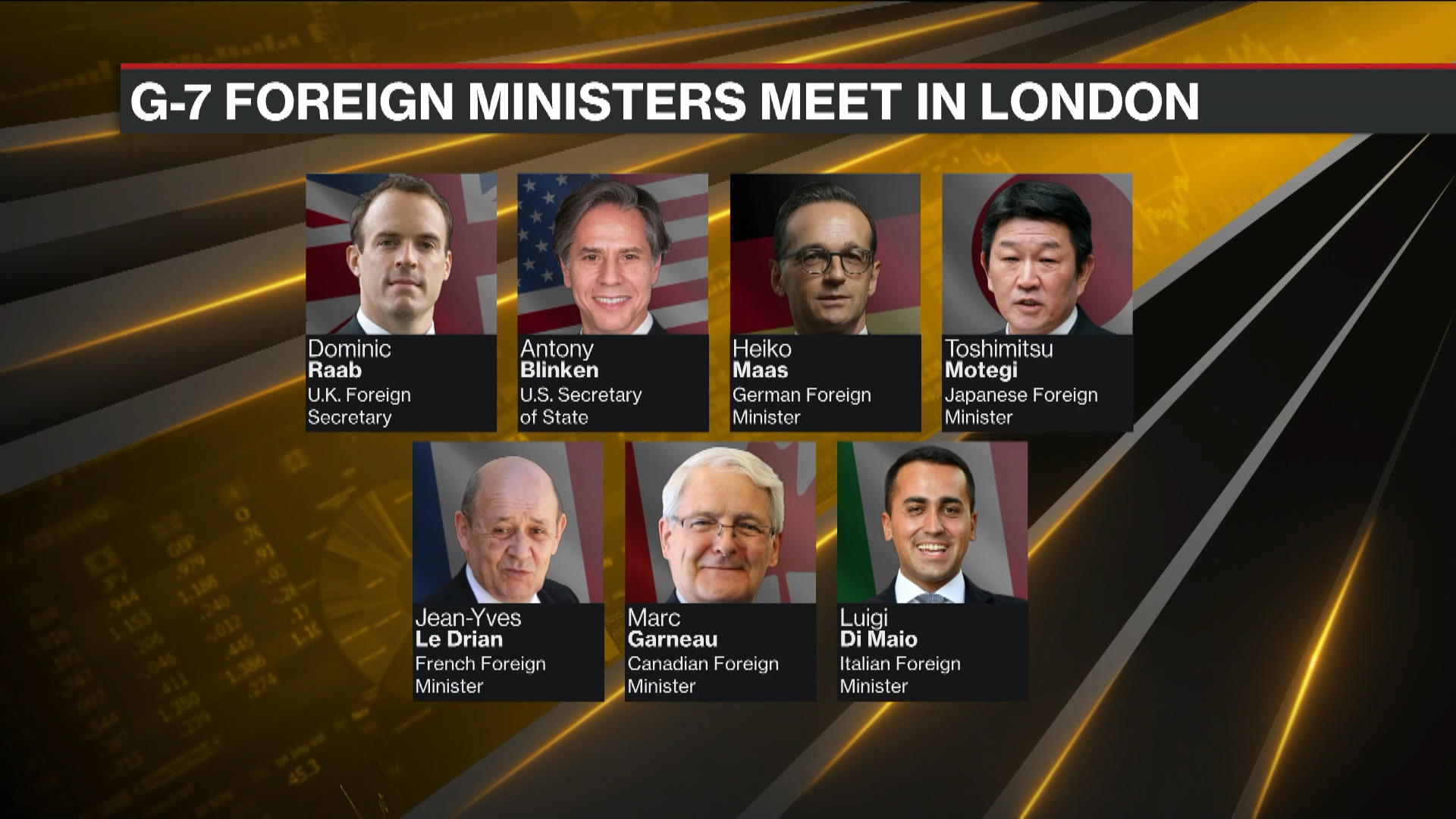 G 7 Nations Discuss De Minimis Tariff Thresholds For Chinese Goods
May 25, 2025
G 7 Nations Discuss De Minimis Tariff Thresholds For Chinese Goods
May 25, 2025 -
 2026 Porsche Cayenne Ev Spy Photos Reveal First Glimpses
May 25, 2025
2026 Porsche Cayenne Ev Spy Photos Reveal First Glimpses
May 25, 2025 -
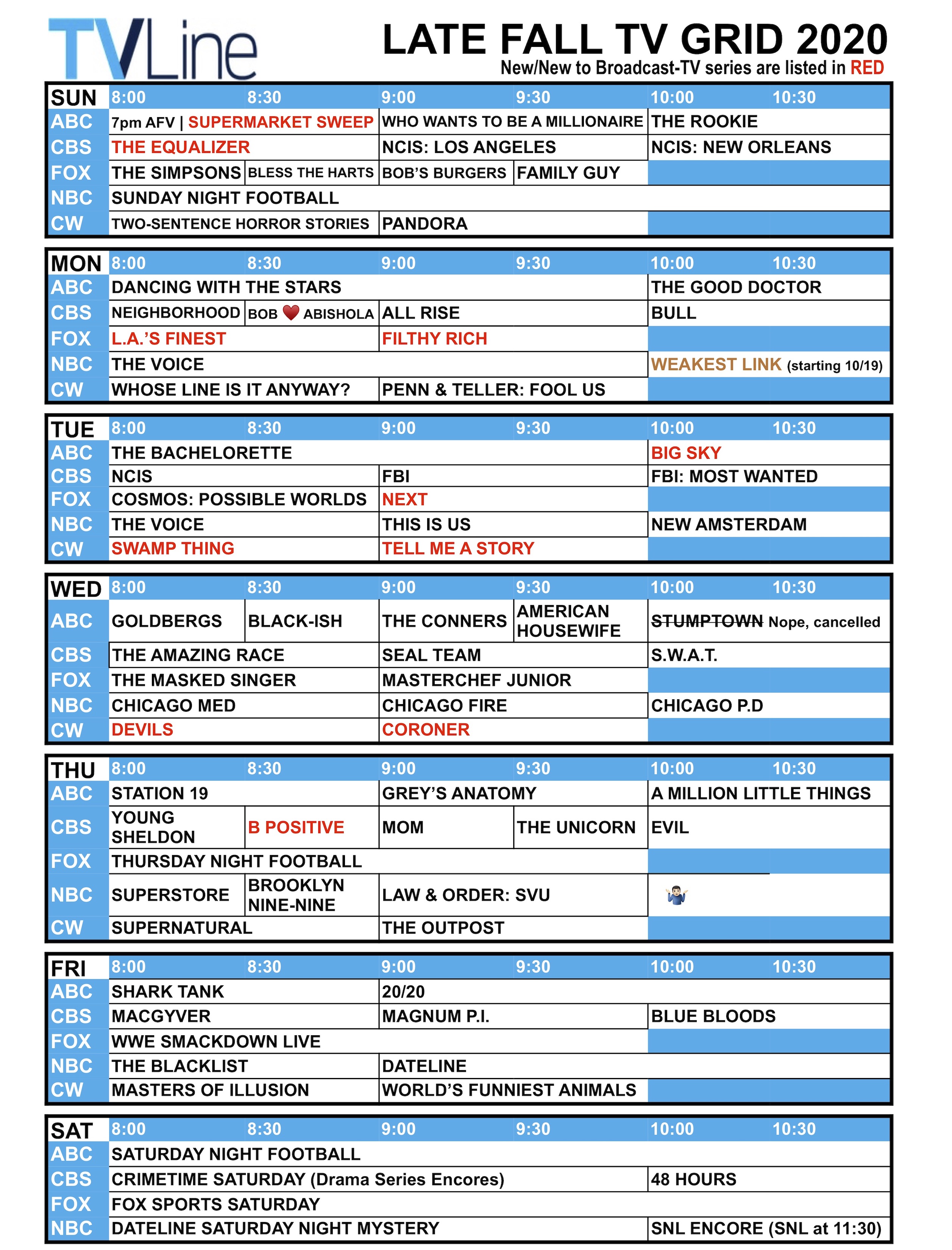 Lock Up Tv Guide Top 5 Action Episodes
May 25, 2025
Lock Up Tv Guide Top 5 Action Episodes
May 25, 2025 -
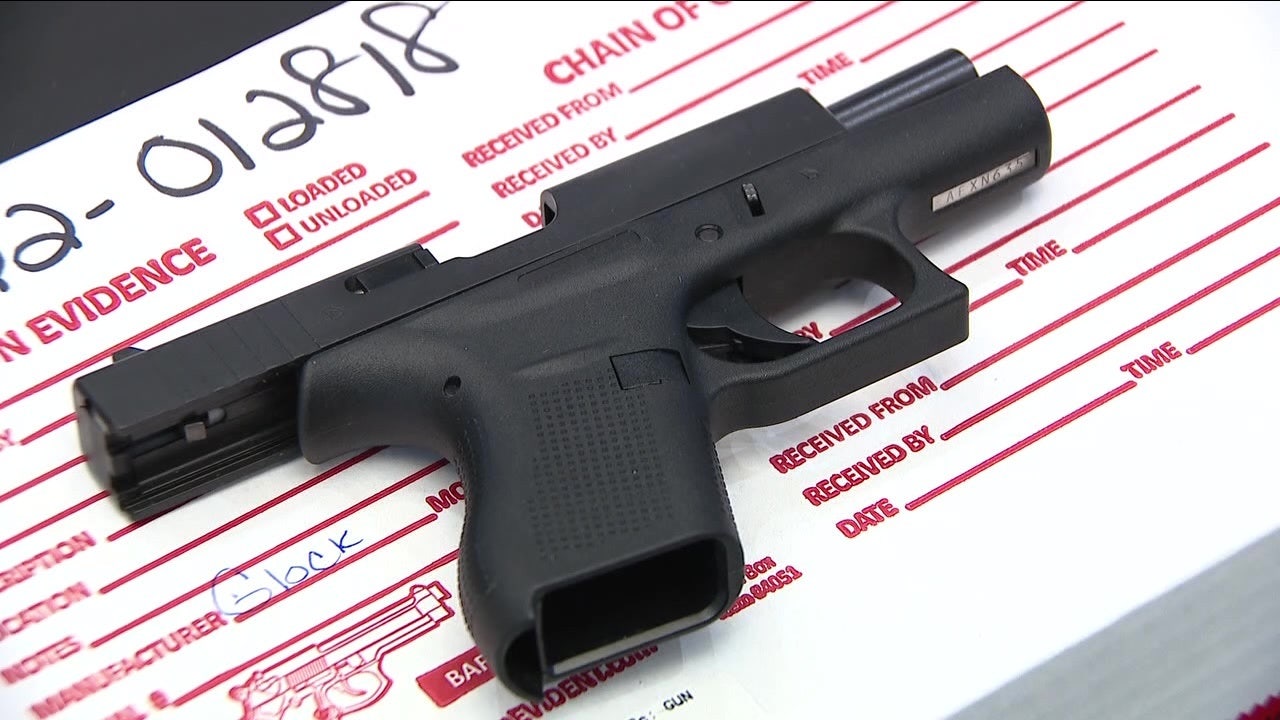 Massachusetts Gun Trafficking Ring Dismantled 18 Brazilians Charged 100 Firearms Confiscated
May 25, 2025
Massachusetts Gun Trafficking Ring Dismantled 18 Brazilians Charged 100 Firearms Confiscated
May 25, 2025 -
 Net Asset Value Nav Of Amundi Msci World Ii Ucits Etf Usd Hedged Dist Explained
May 25, 2025
Net Asset Value Nav Of Amundi Msci World Ii Ucits Etf Usd Hedged Dist Explained
May 25, 2025
Latest Posts
-
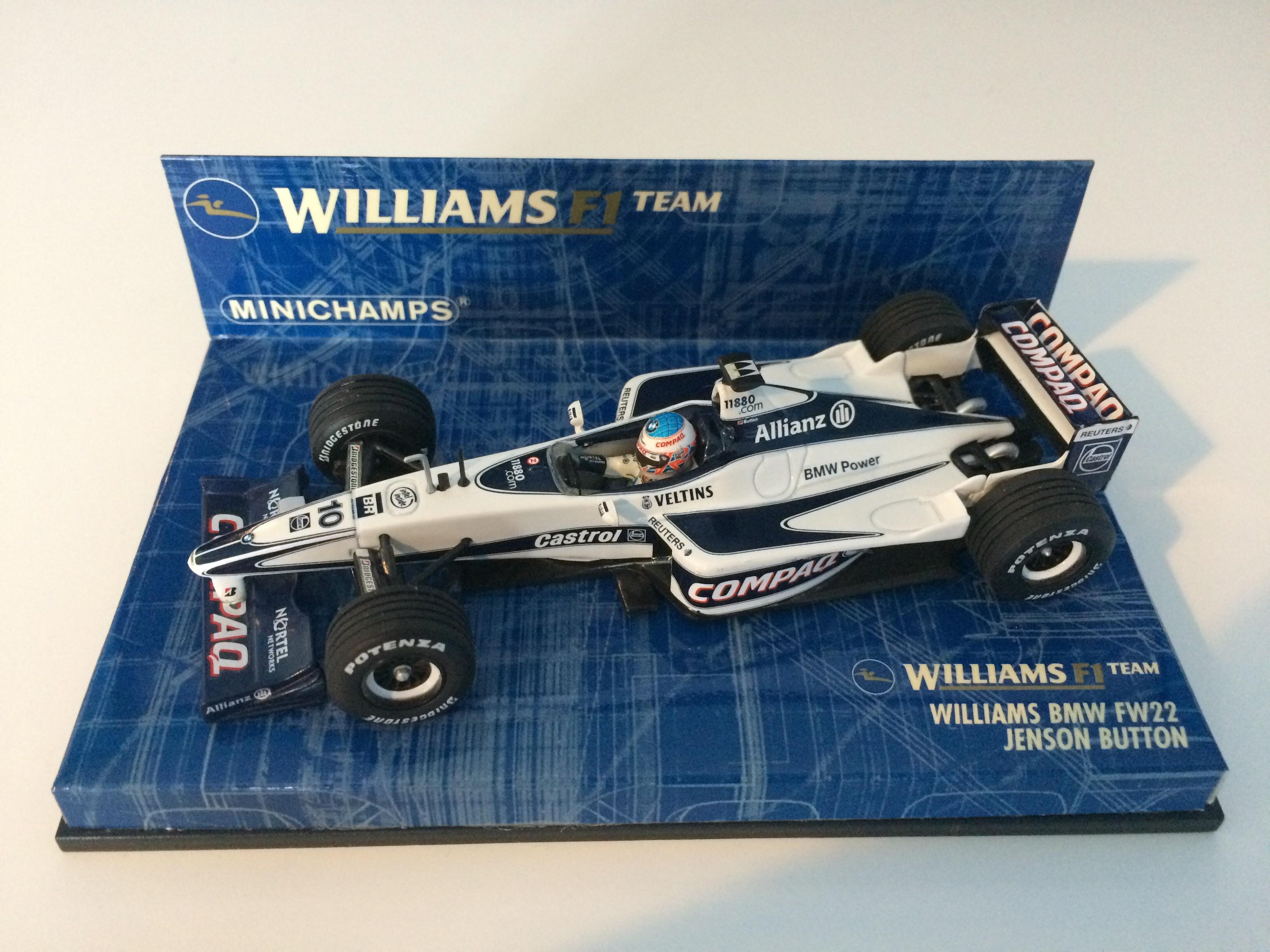 The Jenson Fw 22 Extended A Review And Comparison
May 25, 2025
The Jenson Fw 22 Extended A Review And Comparison
May 25, 2025 -
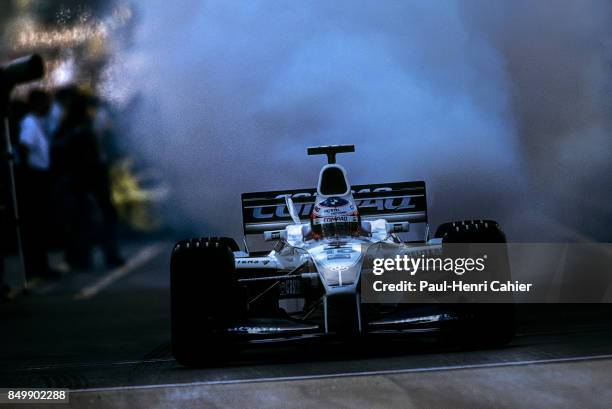 Jenson And The Fw 22 Extended Exploring The Collection
May 25, 2025
Jenson And The Fw 22 Extended Exploring The Collection
May 25, 2025 -
 Jenson Fw 22 Extended A Closer Examination
May 25, 2025
Jenson Fw 22 Extended A Closer Examination
May 25, 2025 -
 Jenson Fw 22 Extended In Depth Look At The New Version
May 25, 2025
Jenson Fw 22 Extended In Depth Look At The New Version
May 25, 2025 -
 250k London Robbery F1 Star Jenson Button Wont Return To The Uk
May 25, 2025
250k London Robbery F1 Star Jenson Button Wont Return To The Uk
May 25, 2025
